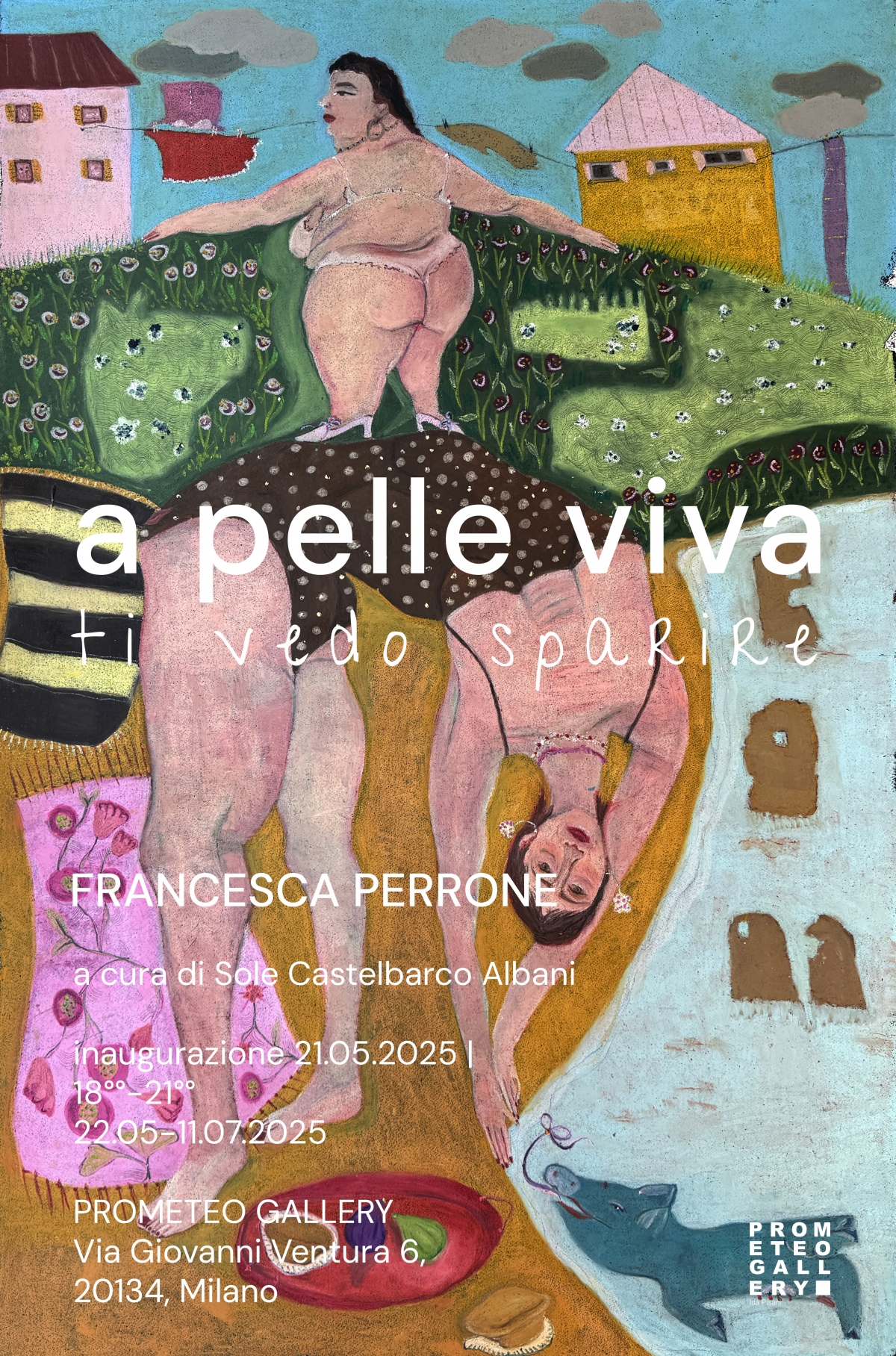I cookie ci aiutano a fornire i nostri servizi. Utilizzando tali servizi, accetti l'utilizzo dei cookie da parte nostra.
Francesca Perrone
Curated by:
Sole Castelbarco Albani
Opening:
May 21, 2025 from 6PM until 9PM
22.03 - 11.07.2025
PROMETEO GALLERY
Via Privata G. Ventura 6 - Via Massimiano,
20134 Milan
Sole Castelbarco Albani
Opening:
May 21, 2025 from 6PM until 9PM
22.03 - 11.07.2025
PROMETEO GALLERY
Via Privata G. Ventura 6 - Via Massimiano,
20134 Milan

